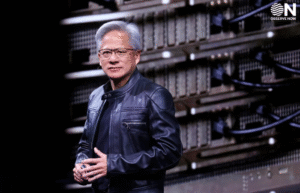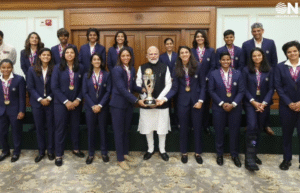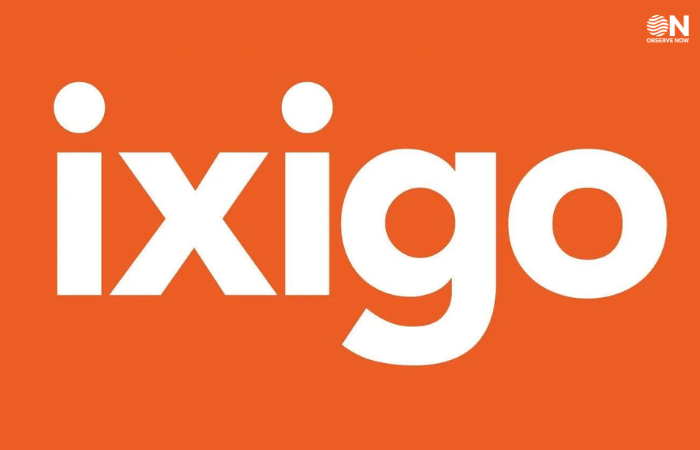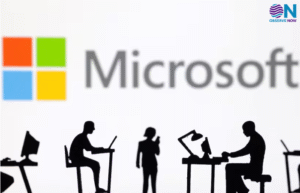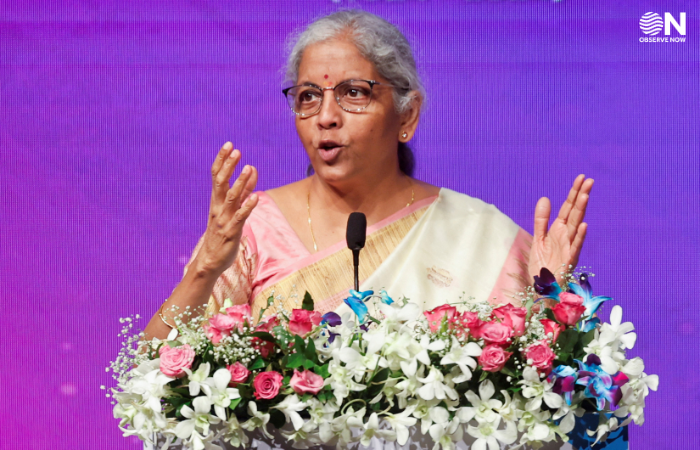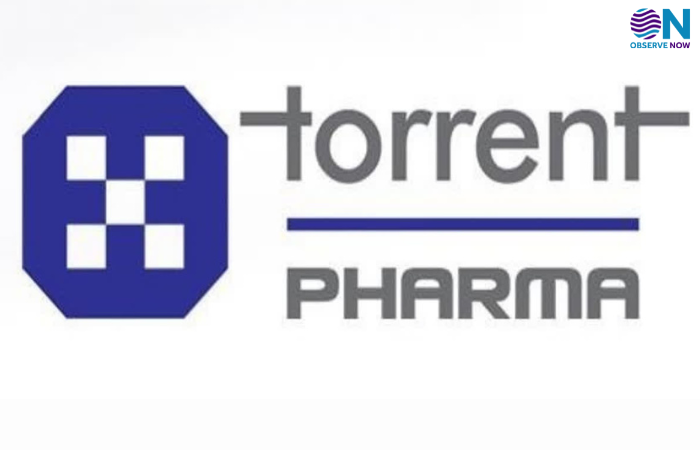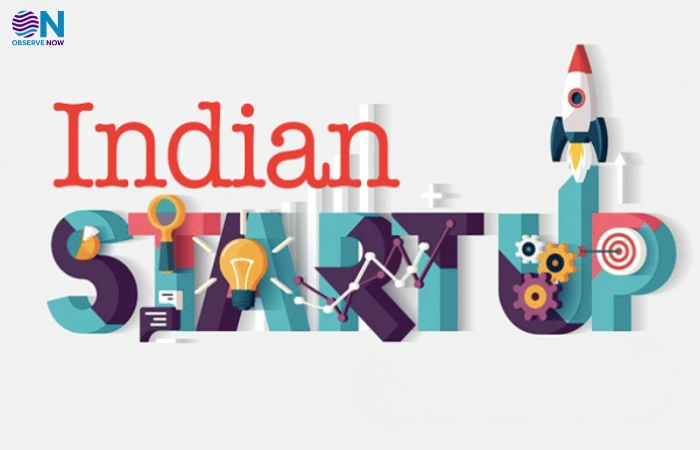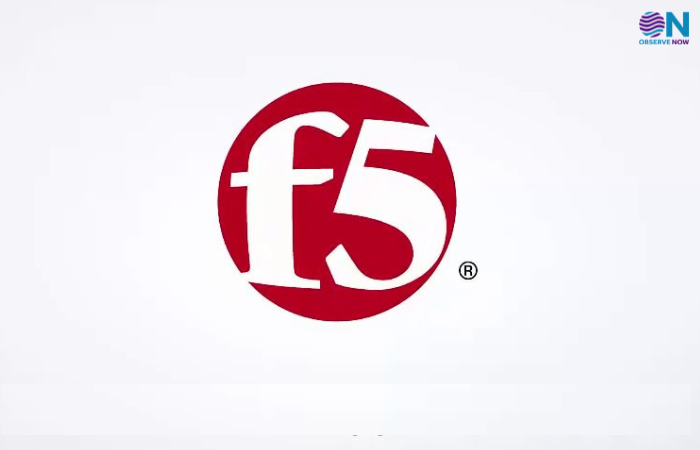IBM and SAP Launch IBM Cloud as New Hyperscaler Option for SAP Cloud ERP on Power Virtual Server
IBM and SAP have jointly introduced a new hyperscaler option within the RISE with SAP framework, enabling businesses to migrate SAP S/4HANA Cloud workloads swiftly and securely using IBM Power Virtual Server. This marks a significant expansion of deployment flexibility for enterprises leveraging mission-critical SAP ERP systems.
The service positions IBM Power Virtual Server—the cloud version of IBM’s renowned on-prem Power infrastructure, as the first certified hyperscaler for SAP Cloud ERP. Able to transition legacy SAP deployments to the cloud within 90 days, this option caters to existing IBM Power customers who wish to preserve architectural consistency while moving to public cloud.
A recent large-scale internal implementation underscored the platform’s potential: IBM migrated its entire quote-to-cash and record-to-report processes—serving around 150,000 users across 175 countries—in under 18 months. The result: a 30% reduction in infrastructure and operational costs, thanks to server rationalization and enhanced automation.
Beyond operational speed, the offering highlights several key advantages: High reliability and security: IBM Power servers consistently rank top in availability among SAP-certified hardware, with embedded zero-trust security and minimal reported vulnerabilities. Strong service-level guarantees: IBM and SAP back the offering with a 99.99% uptime commitment, reinforcing trust for mission-critical workloads. Cost parity and incentives: Customers can access pricing on par with Intel-based systems. IBM is also offering discounts of up to 45% for committed use and a trade-in program for on-prem Power servers. Tailored migration support: IBM has unveiled an investment program that supports technical assessments, partner-led migrations, and deployment of non-SAP workloads during transition.
The partnership also deepens IBM and SAP’s long-standing collaboration. Many clients can now migrate to RISE with SAP on Power Virtual Server using IBM Consulting or SAP-certified systems integrators—within a consolidated ecosystem that extends to AI-driven processes through SAP Business AI.
Industry analysts have praised the announcement. According to TechAisle founder Anurag Agrawal, the hyperscaler strategy “promises a compelling option for businesses looking to migrate their mission-critical ERP workloads securely, quickly and with minimal disruption”. Other technical experts echoed this sentiment, noting that guaranteed uptime and consistent architecture across environments offer rare efficiency gains .
As organizations race to meet impending end-of-support deadlines for legacy SAP systems, this new deployment route offers a pragmatic path. With Power Virtual Server now embedded in the RISE with SAP portfolio, existing IBM Power customers can modernize with minimal disruption and strong cost control—a formula designed to accelerate cloud ERP adoption.
RISE with SAP on IBM Power Virtual Server is slated for general availability in the second quarter of 2025. Enterprises can begin planning migrations by engaging IBM or SAP partners to leverage the newly launched investment program and transformation tools. This milestone positions IBM as both a trusted infrastructure provider and strategic cloud partner with SAP, delivering enterprises an integrated, agile, and secure route to modernize high-stakes ERP environments.




